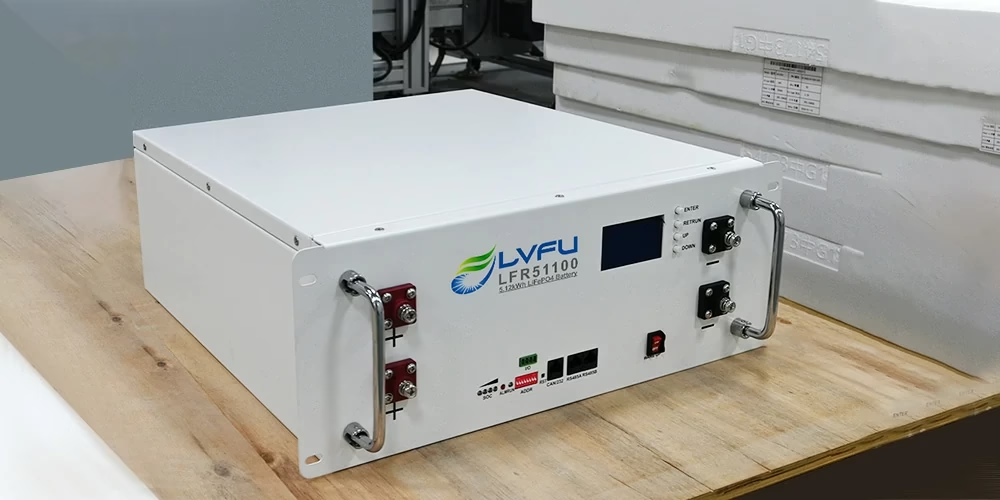Household energy storage is also known as a home energy storage system, is similar to a micro-energy storage power station. For users, the power supply guarantee is higher and it is not affected by the external power grid. During the off-peak period of electricity consumption, the battery pack in the household energy storage can be charged by itself, and it can be used as a backup power peak or power outage.

With the advancement of technology, home energy storage is becoming more and more exquisite and beautiful, equipped with long-life lithium/sodium ion batteries, and combined with photovoltaics, it can provide electricity for residential buildings, public facilities, and small factories.
In the home energy storage system, the energy storage battery is the most valuable part, which is related to the power consumption and power of the load. The technical parameters of energy storage batteries are very important. Understanding and mastering the meaning of technical parameters can maximize the performance of energy storage batteries, reduce system costs, and create greater value for users. Let’s take an energy storage lithium battery as an example to interpret the key parameters.
| model | LFR51100 |
| battery capacity | 5.12KWh |
| Available battery capacity | 4.6KWh |
| Rated voltage | 51.2V |
| Maximum charge and discharge power | 2.56KW |
| Battery Type | LFP(LiFePO4) |

Interpretation of key parameters
1. Battery capacity/battery usable capacity:
Refers to the rated capacity of the battery. For example, if the power is 5.12kWh, it refers to 51.2V100AH. Generally, 3.2V100AH batteries are used, and 16 batteries are connected in series. The rated capacity is the maximum capacity of the battery.
The available capacity of the battery refers to the capacity that can actually be used considering the depth of discharge. The maximum discharge depth of a lithium battery can reach 0.9, so the actual charge and discharge capacity of a battery with a rated capacity of 5.12kWh is 4.6kWh. When designing, use the parameter of 4.6kWh.
2. Maximum charge and discharge power:
The home energy storage battery is bidirectional and has two states, charging and discharging. The current is limited. Different batteries have different maximum charging and discharging currents. The charging current of a battery is generally expressed in multiples of the battery capacity C. For example, if The battery capacity C=100Ah, the charging current is 0.5C, then it is 0.5×100=50A, and the power is 51.2*50=2.56kW.
The maximum charging and discharging power has a lot to do with the system, if the design is not good, it will affect the performance of the system. The maximum charging power is related to the power of the modules. If only one set of batteries is used, it can only accept 3kW photovoltaic modules at most. The maximum discharge power is related to the power of the modules. 2.5kW of load electricity.
3. Battery rated voltage
Battery rated voltage: refers to the voltage of the battery. For the same battery, under the same remaining capacity, the voltage value changes due to the discharge current. The larger the discharge current, the lower the voltage. In the absence of current, the voltage is highest;
The influence of ambient temperature on the voltage of lithium batteries, the lower the temperature, the lower the voltage of batteries with the same capacity; You can calculate the approximate remaining battery power.
It is best to keep the power of the lithium battery between 40% and 60%. The general factory capacity of lithium batteries is about 50%, which is the best storage capacity verified by experiments. According to the actual measurement data of most battery factories, shipping with 50% power can ensure that it can be stored for more than one year, the voltage is still above 3.2V, and the recovery capacity is above 98%.

